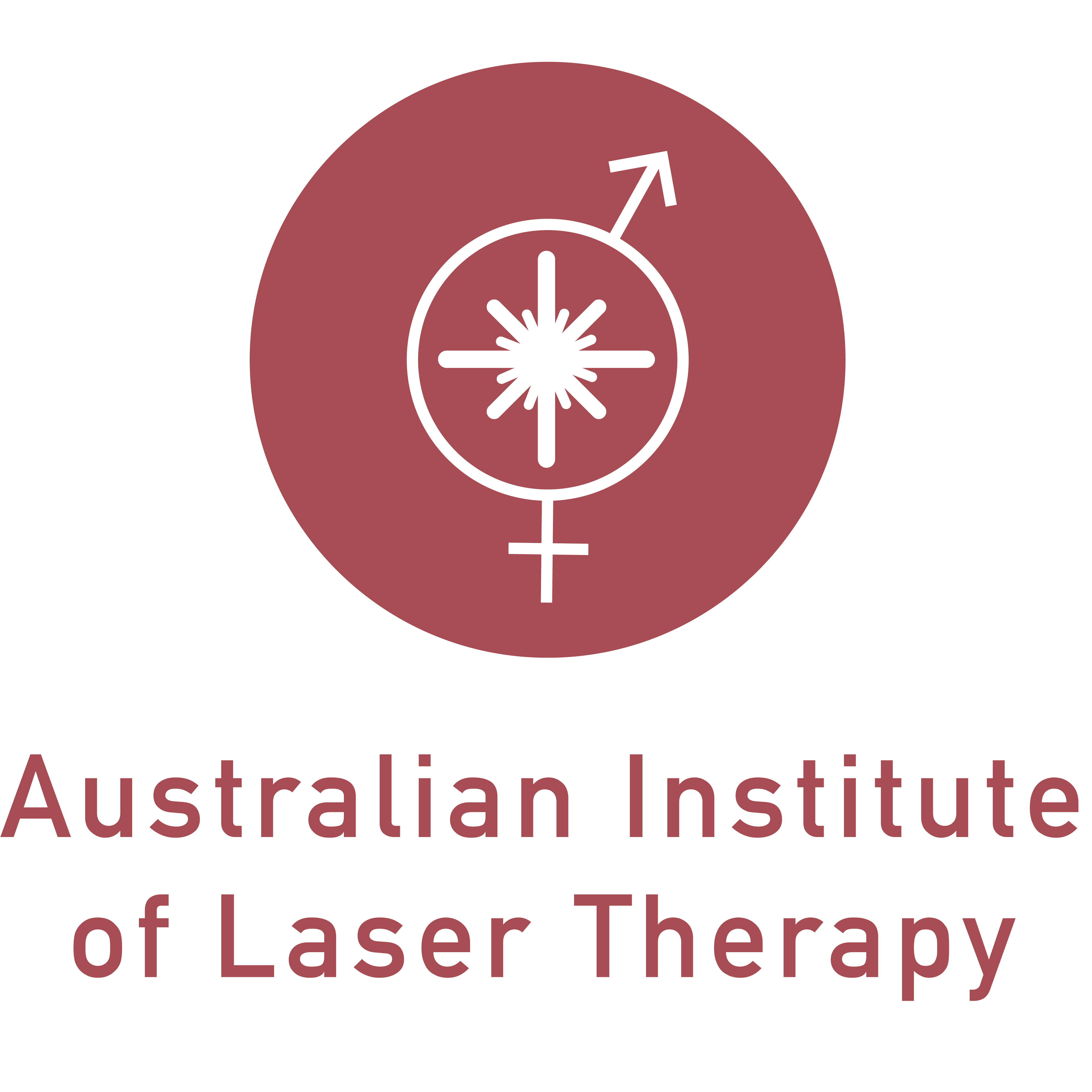PHOTODYNAMIC INACTIVATION PDI
Scientific research demonstrates that a range of wavelengths within the visible region of the electromagnetic spectrum and in particular blue light, are antimicrobial and these effects are exerted by reactive oxygen species (ROS) activated reactions and alterations of bacterial cell membranes, membrane polarisation and consequently cell function (K. McKenzie et al 2013). The triggering of light absorbing chromophores and other photosensitive receptors in bacteria leads to increase in ROS and bacterial cell death. Recent electron microscope investigation revealed disruption of the cell membrane of methicillin resistant staphylococcus aureus (MRSA) bacteria and internal organelles after exposure to pulsed 450nm blue light, even at low doses and multi-species bacteria found in wound biofilms have also been significantly reduced over a 24 hr period after one exposure of 120Jcm2 of 445nm blue light. G. Biener et al., 2017 K. Rupel et al., 2019.
Photodynamic Inactivation (PDI) using other wavelengths in the blue spectrum have also been found to instigate antimicrobial effects against Pseudomonas aeruginosa, Salmonella Escherichia coli, Neisseria gonorrhoeae, Listeria monocytogenes, Helicobacter pylori as well as several other less common bacteria. N.T.A. De Sous et al 2015. V.V. Bumah. D.S. Masson-Meyers, C.S. Enwemeka 2015. Y. Wang et al., 2017.,2019. K. McKenzie et al., 2013. M.R. Hamblin et al., 2005.
PDI
Scientific investigations continue to provide new data in relation to photodynamic inactivation of a range of mammalian viruses, which depends on the use of photosensitising agents with the right structural features and concentrations, in conjunction with the correct wavelength, energy dose and delivery mode to achieve efficient PDI . L. Costa et al., 2012., M. Schuit et al.,2020. D.S. Masson-Meyers et al.,2019.,2020.
